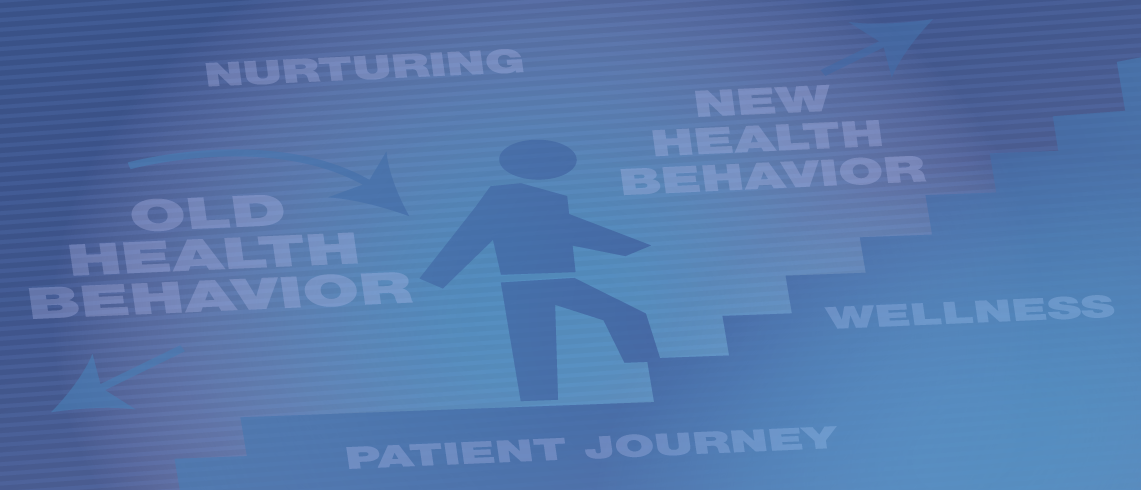Trying to to get people to change health behaviors is a big part of health content marketing and patient nurturing for health systems. Patients (and potential patients) trust their health providers to help navigate the immense amount of health content on the web. Rightly so, hospital marketers are happy to supply that content as part of an ongoing digital relationships with patients.
Ultimately, though, real health improvement is dependent on getting consumers to take actionable steps, which research has shown is very difficult even for doctors. Yes, the message can be complex, but it is for their own good. But surely there must be some ways to make health behavior messaging stick?
Behavior change is a common challenge
Marketing’s goal in general (not just health care) is to change behaviors. Chip and Dan Heath in their book, Switch, explain this by comparing a person facing change to an Elephant and its Rider.
The Rider represents the rational and logical. Tell the Rider what to do, provide a good argument and the Rider will do it. The problem is that the Elephant, which represents our emotions or gut responses, is very difficult to move down a different path. If the Rider can direct the Elephant down a well-prepared path, then there is a good chance for change. Otherwise the massive Elephant will win.
The trick is to engage both the emotional mind and the rational mind. We have long called successful engagement of this type, “Ah-ha moments.” We are biased, but we believe the evidence-based, personalized results of our HRAs create a tangible benefit for health consumers that can be the foundation for solid digital relationships that can make real difference in peoples’ lives. But, you must capitalize on these successful interactions. We realize this is easier said than done.
Two Key Elements
Consider these tactics in your HRA outreach efforts to maximize their impact:
Make it personal — engage the emotional mind
Paint a compelling picture of the potential real-world negative impact health problems can have. Alternatively, describe the good things that come from personal health and wellness. Patient stories and testimonials can be great for this. Even the right photography can play a part.
Provide a clear call to action — engage the rational mind
The next logical question after an effective educational and motivational interaction like our health assessments is “What should I do next? We have specifically built very effective mechanisms into out platform for you to deliver these recommended next steps to users who complete the assessments. Our data shows that users will often follow these recommendations. Ultimately this is exactly the opportunity the marketers referenced in Chip and Dan’s book desire.
Throughout the year we will be providing more advice, resources, recommendations, and examples of patient nurturing. If you have questions, comments, or want to contribute success stories, please contact us.















 Thank you for your interest.
Thank you for your interest.